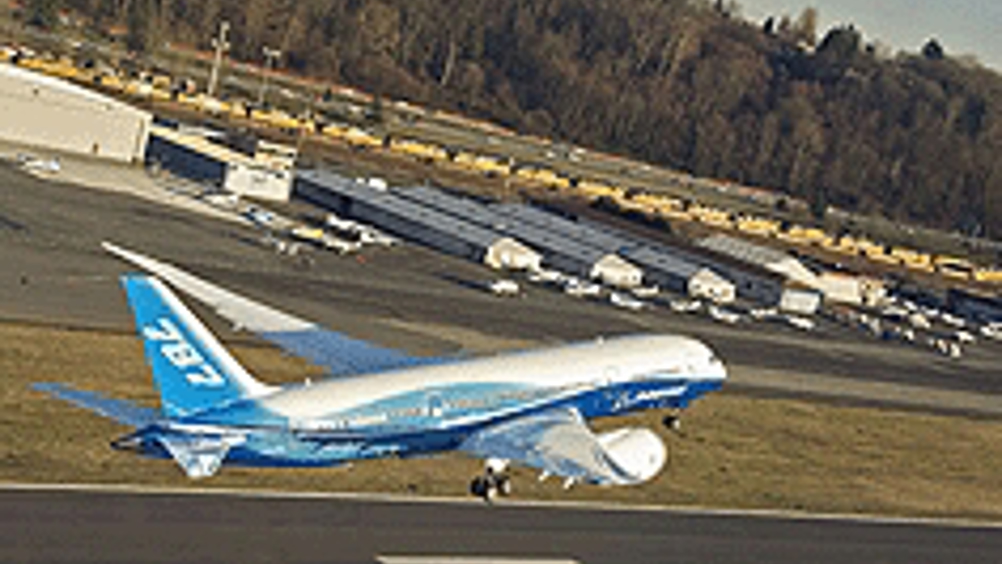US regulators plan to review Boeing 787's critical systems
The US Federal Aviation Administration (FAA) announced today that it will conduct a comprehensive review of the Boeing 787’s critical systems, including the design, manufacture and assembly of the aircraft.

The move follows a series of incidents experienced by airlines operating the 787 Dreamliner, including severe fire damage to the auxiliary power unit battery (APU) of a Japan Airlines (JAL) 787 at Boston Logan Airport on 7 January.
The US National Transportation Safety Board (NTSB) reported that thermal damage to the surrounding structure and components was confined to the area immediately near the APU battery rack — within about 20in (51cm) — in the aft electronics bay.
In a statement, NTSB said: ‘Preliminary reports from JAL representatives indicate that aircraft maintenance and cleaning personnel were on the aircraft with the APU in operation just prior to the detection of smoke in the cabin and that Boston Logan Airport Rescue and Fire Fighting was contacted.
‘Rescue and fire personnel and equipment responded to the aircraft and detected a fire in the electronics and equipment bay near the APU battery box. Initial reports indicate that the fire was extinguished about 40 minutes after arrival of the first rescue and fire personnel. One firefighter received minor injuries.’
Register now to continue reading
Thanks for visiting The Engineer. You’ve now reached your monthly limit of news stories. Register for free to unlock unlimited access to all of our news coverage, as well as premium content including opinion, in-depth features and special reports.
Benefits of registering
-
In-depth insights and coverage of key emerging trends
-
Unrestricted access to special reports throughout the year
-
Daily technology news delivered straight to your inbox










Klein Vision unveils AirCar production prototype
According to the Klein Vision website, they claim the market for flying cars will be $1.5 trillion by 2040, so at the top end $1 million per unit that...